Overview
Map
Other Details
كنيسة قلب يسوع
Qornet El-Hamra
Metn
Mount Lebanon
كنيسة قلب يسوع - قرنة الحمرا بُنيت الكنيسة سنة ١٩٠٠ على طرازٍ هندسيّ بازيليكيّ بسوقٍ وحنية واحدة، هندسها الرهبان اليسوعيّون. عمل على زخرفتها ونقشها الياس فاعور من المصيطبة ورسم جداريّاتها يوسف الحويّك. سنة ١٩٢٠ إستُقدم لها المذبح الرخاميّ. زيدت القبّة في الثلاثينات. رُمّمت الكنيسة مؤخرًا وزُيّنت بالزجاجيّات. Thé church of the Sacred Heart - Qornet el Hamra The church was built in 1900. The architectural plan was a single naved basilica, the design was made by the Jesuits. The church was decorated by Elias Faour, the frescoes where painted by Youssef el Howeyk. In 1920 a marble high altar was set inside the church. In the 1930’s the bell tower was added. The church was recently restored and the stained glass windows where added.
Visited 4101 times, 5 Visits today




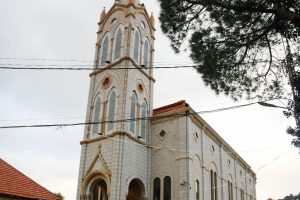
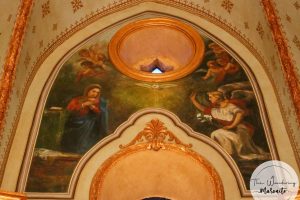
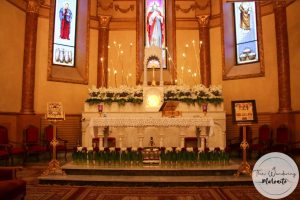
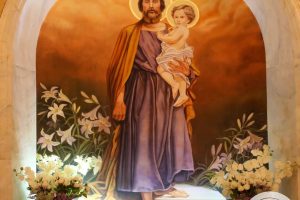
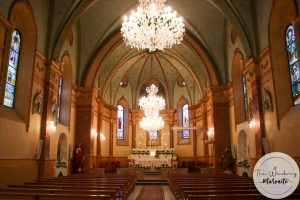
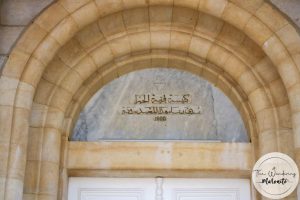


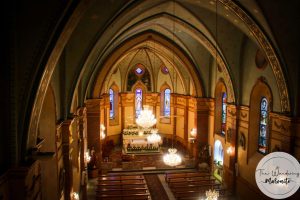
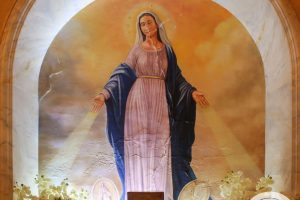
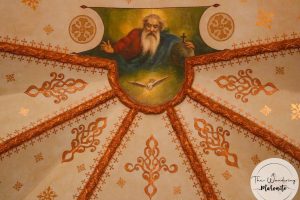
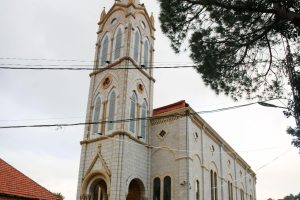
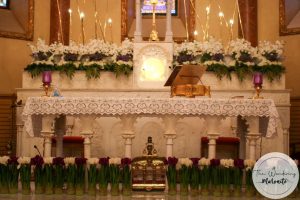














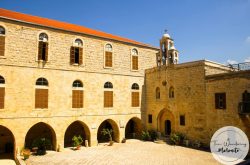


Reviews are disabled, but trackbacks and pingbacks are open.